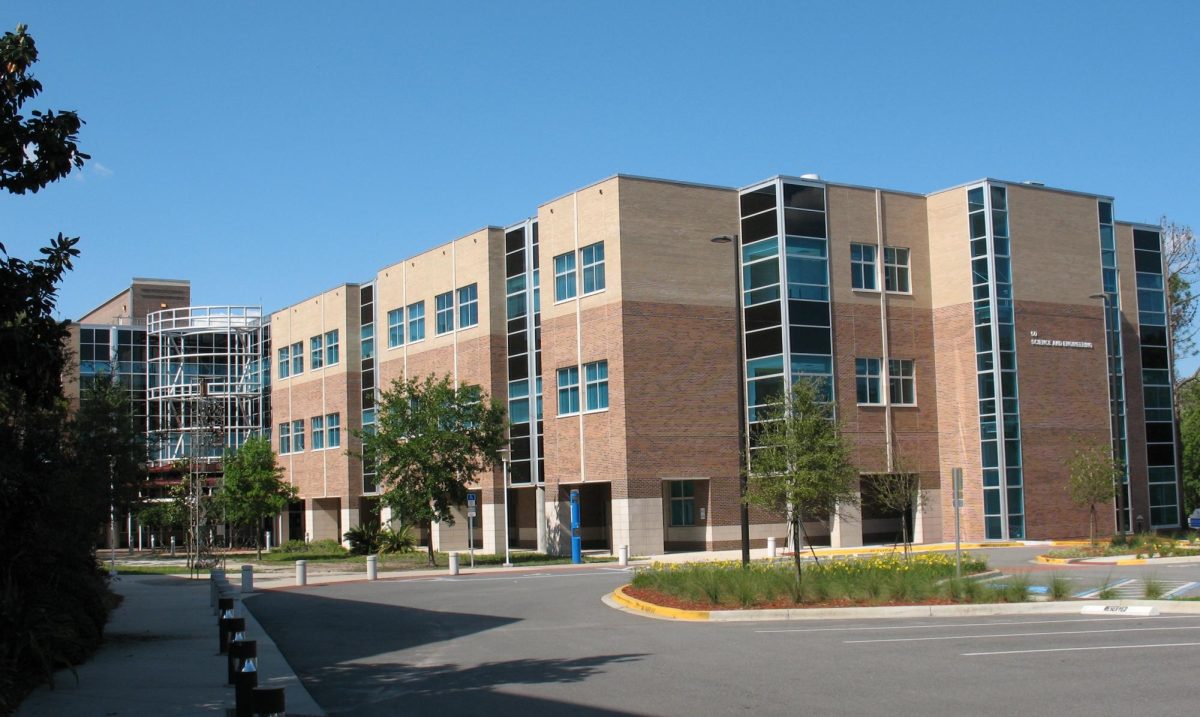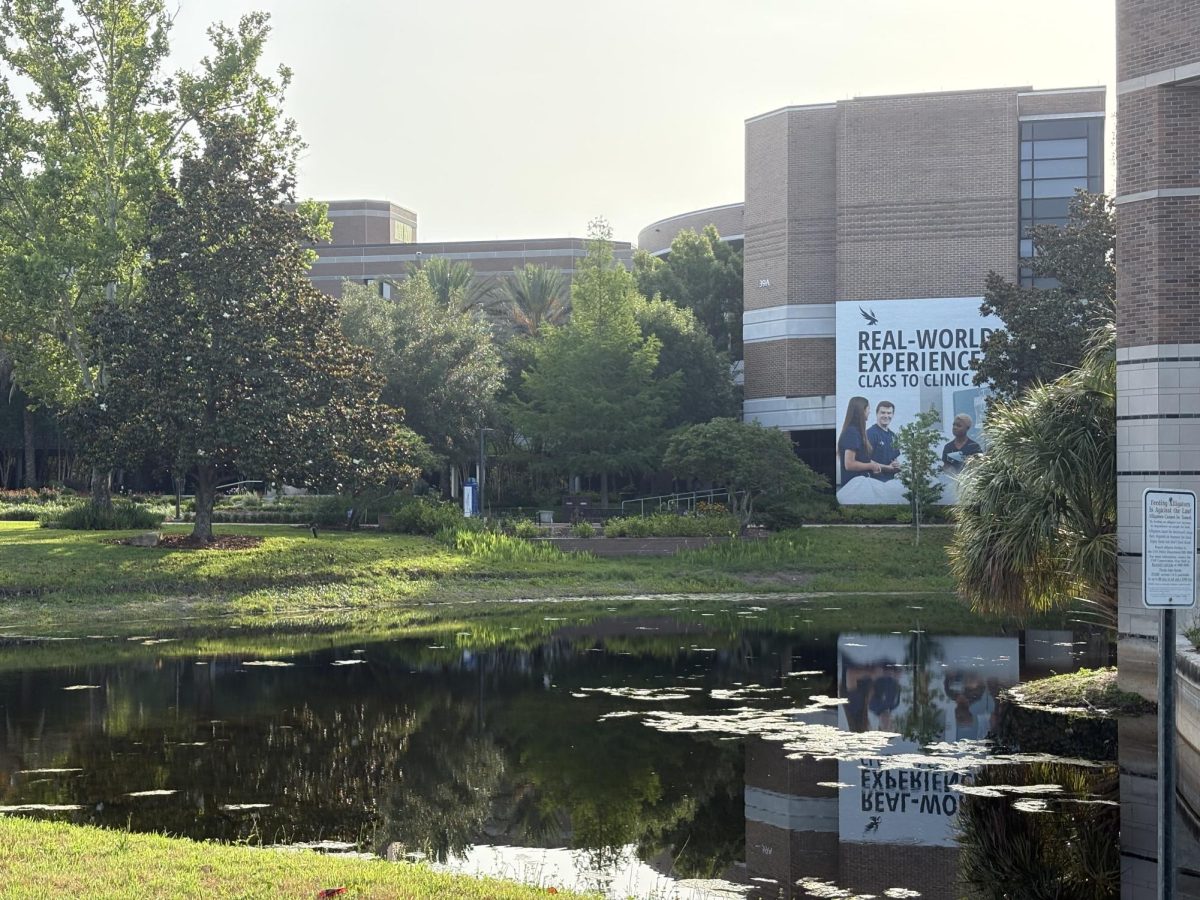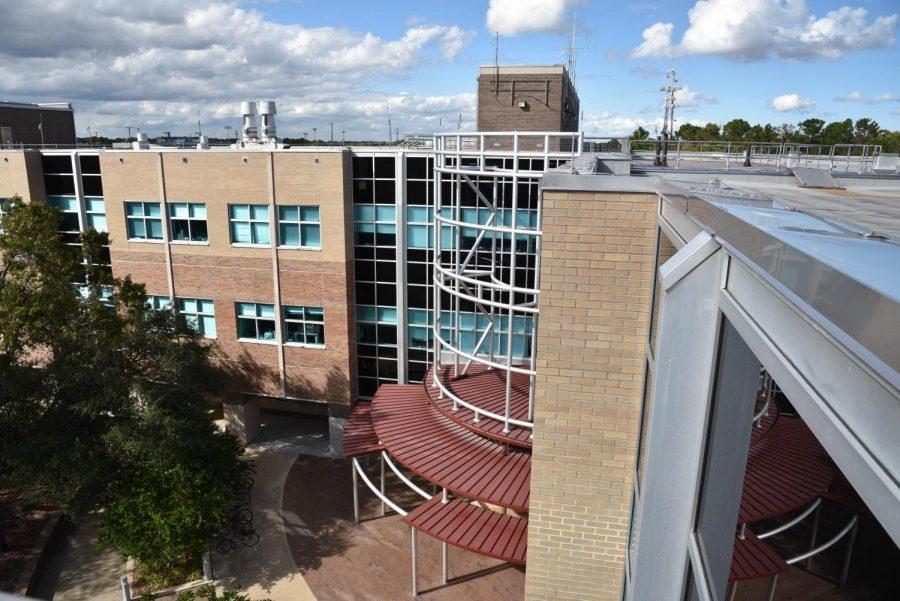Every time that little gas light on the dashboard comes on, bank accounts shudder in fear.
The continuing crisis in Libya and elsewhere in the Middle East is keeping prices on the rise, said UNF Economics Dean Dr. Paul Mason. Local stations are not exempt from the price hikes.
As of April 1, even the cheapest of the six local stations the Spinnaker monitored had prices rise 8 cents since March 11. In Florida, the average retail price for regular unleaded gasoline went up 7.8 cents from March 28 to April 5 alone, and almost 76 cents in the last year, according to the U.S. Energy Information Administration.
The price rise is “mostly because there is concern that there might be an oil shortage,” Mason said. “[But] there isn’t actually an oil shortage.”
That concern comes from the unstable atmosphere in oil producing countries, like Libya. While Libya only supplies around 2 percent of the world’s oil, and next to nothing to the U.S., according to the U.S. Department of Energy, instability there creates a ripple effect for prices in Europe and the U.S.
“If unrest in the Middle East went away tomorrow, oil prices would fall below $75 a barrel,” Mason said.
That’s a huge difference from the $110 a barrel crude oil was going for as of March 25, according to the U.S. Energy Information Administration.
As prices continue to rise, some students are finding alternative ways to get around — like Taylor Duran, a UNF graphic design junior.
“I bike to school every day, and I only use my car to go downtown, usually with my bike in my trunk though,” Duran said.
For Duran, the roughly two-mile ride from his home on St. John’s Bluff is well worth the money saved on gas and a parking permit, rain or shine.
“Rain is the worst, but I have a water resistant bag, so I just stuff my clothes and shoes in there and go for it,” he said. “Although I should probably invest in a raincoat sometime soon.”
He has probably saved enough by now, since he only spends about $15 per week on gas, he said.
Meanwhile, Chris Hurst, a transportation logistics senior, spends about $30 per week on gas driving to school from Ponte Vedra Beach.
This gas-caused money crunch is hitting UNF’s own Osprey Connector as well.
UNF pays American Coach Lines, the private company that operates, maintains and drives the shuttle buses, more depending on local diesel prices. For every thirty cents over $2.85, UNF pays an extra $2 per hour per bus, said Director of Auxillary Services Vince Smyth.
With average U.S. diesel prices hovering near $4, UNF pays an extra 48 dollars per hour during peak hours Monday through Thursday mornings and afternoons.
Locally, the Spinnaker monitored the prices at six nearby gas stations. The Hess station on Hodges Boulevard steadily had the lowest prices since the monitoring began March 11 and showed as much as a 10-cent difference at one time from other nearby stations.
Comparatively, the BP and Chevron stations on Beach Boulevard near the entrance to Florida State College at Jacksonville South campus consistently had the highest prices, averaging nine cents more than the Hess station over the monitored period.
Dr. Mason said that locally, prices can vary between poor and rich areas, somewhat due to supply and demand, but major price differences between stations depend on each station’s distributor.
“Price increases are passed from the oil refineries, to the distributors, to the retail stores,” Mason said. “Retail stores have no choice but to pass these prices on to the consumer.”











